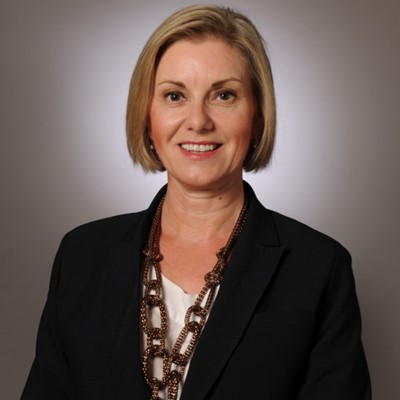Anet Ahern, Chief Executive Officer of PSG Asset Management

When the winter arrives properly in Cape Town, it inevitably brings a few storms. It will rain, there will be some flooding, the wind will howl, and it will be cold.
This is one of the times that Joburg dwellers really crow about their climate. Capetonians do not however fundamentally change their lives as a result – rather those who are able to, adapt around the edges, developing their own enjoyable coping strategies that are part of our local culture. Fireplaces, red wine (provided you have stocked up before lockdown) and some lovely winter stews come to mind as examples. We might check gutters and drains, do some much-needed roof repairs, and invest in a good quality winter coat. The point is, despite dark and wet mornings, we do not change our life plans because of (predictably) poor weather conditions. Rather, we understand this is just a season, and that things will change again soon.
However sanguine individuals might be about the weather, few can apply the same level-headedness to investments. This is a great pity, since markets have storms (corrections) and seasons (cycles) too. Investors often do the most damage to their long-term wealth when they allow this market ‘weather’ to derail their investment plans. The irony, of course, is that the nature of market mood changes is well-known and often discussed – just like a typical Cape Town winter. Despite this, many find it impossible to adopt the same bigger picture approach that allows us to make it through months of gloomy weather without derailing the rest of our lives.
The question is why investors continue to fall prey to emotions driven by market events when we anticipate that these will occur at some point in time.
Traditionally, money has been defined in terms of the three core functions it performs: as a store of value, a medium of exchange and a unit of account. This definition however largely ignores the fact that money also fulfills many less rational functions. It helps us to express ourselves (through the things we buy and display), benchmark ourselves against others (sizing up our net worth), and helps us feel in control of our future in a largely uncertain world (providing a security net). Similar arguments could apply to investments: the cold logical and economic arguments we often apply (risk-return analysis), neglect the softer, more human roles investments play in our lives (the emotional driven aspects).
M. Scott Niederjohn and Kim Holder refer to ‘Econs’ in their paper on Behavioural Economics as analytical, reflective, effortful, deliberate and patient. To be fully rational, an Econ would also need to be well-versed in probability theory and rational optimisation. Thus, an Econ would always make the best choice given a set of alternatives. That definitely does not sound like the average investor!
This divergence between the analytical and the emotional aspects of investment, may well be at the heart of why we continue to fall foul of our investment ambitions. This divide between the ‘rational’ and the ‘emotional’ has been studied extensively, and we have names for them: investment biases. From confirmation bias, to anchoring, to loss aversion, to recency bias and the bandwagon effect – investment biases have been proven to exist time and again, even when standard economic theory says they should not.
As investment professionals, we have seen it all and understand that most often, investors struggle to remain emotionally detached from their investments. Markets often produce contrary signals. No market recovery, or trend, ever moves smoothly in only one direction, and although the long-term trend in the stock market is generally up, there are many corrections, dips and periods of sideways movement along the way. Market weather is just as variable as Cape Town weather. This makes it easy for investors to second-guess themselves, doubt their own logic, give up and abandon their plans. This is most often when investment mistakes are made.
So, as investment professionals, how do we move beyond the limits of our own biases with the aim of creating ‘weatherproof’ investment portfolios? The answer for us lies in research, debate and remaining true to a tried and tested process. The ideal portfolio should not be structured for one season only, but be able to withstand a multitude of conditions. There is no substitute for the rigour and analysis that we apply to every investment decision we make, and ensuring we contribute to a more robust overall portfolio strategy for our clients in the long term. It also helps to surround yourself with people who can challenge your biases (while still remaining on speaking terms) to make sure you are indeed considering different scenarios. Having a sounding board that challenges you in a rational way is invaluable throughout market cycles.
It is only weighing our decisions using multiple measurements, debating our views and sticking to the metrics and processes agreed to upfront, that enable us to remain focused on the longer-term picture, even in the midst of inclement market weather.
Source:
“The PSG Angle is an electronic newsletter of PSG Asset Management.”


